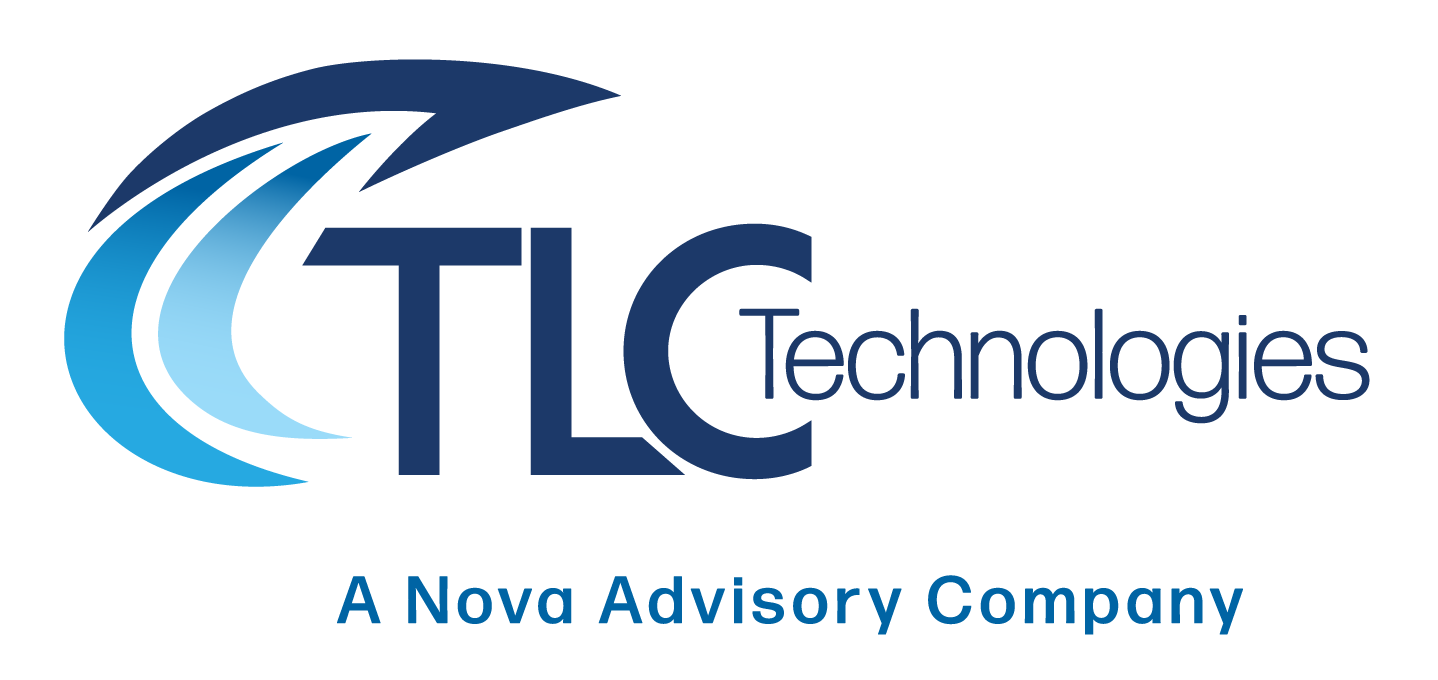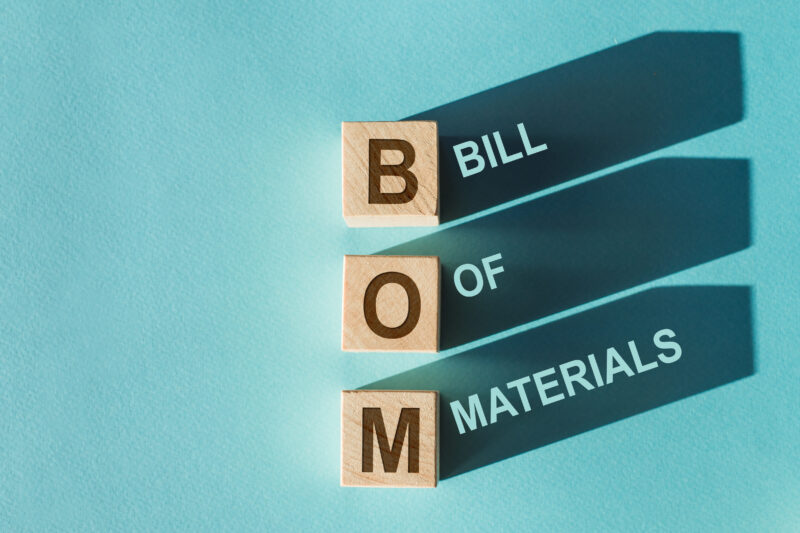What is Routing?
A Routing is another important component of production. Often refered to a “Labor Routing”, “Machine Routing” or “Process Routing”; they define a method of manufacturing. The method or route to be followed for manufacturing a product is a prerequisite for setting up an efficient production process.
The Objectives of Routing Are:
- All tasks required to manufacture an item are determined.
- The work centers related to these tasks are identified.
- The sequence of task linked operations to be carried out on work centers or sub-contracting work centers are established
These objectives touch a number of departments, cross functional teams, work centers and tasks coordinated by routing codes that drive a series of routing steps to achieve the desired outcome.
How can I leverage OneStream to capture this important information?
TLC Technologies has leveraged the power of OneStream Software to deliver an extremely efficient BOM & Routing templates to provide timely insight to finance and accounting teams regarding the status of the manufacturing process across multiple projects. This up to date and accurate information provides a single source of truth for finance and operations teams to collaborate, assess the state of multiple workstreams and adjust as needed to leverage cost saving opportunities or prevent cost overruns.
Reference
An engineering Bill of Materials (BOM) defines the design of the finished product. It includes all alternative and substitute part numbers and parts contained in the drawing notes. Every line of the Bill of Materials (BOM) includes the product code, part name, part number, part revision, description, quantity, unit of measure, size, length, weight, and specifications or features of the product. There may be multiple engineering BOMs required for one finished product.
A manufacturing Bill of Materials (BOM) comprises all the assemblies and parts required to construct a finished item ready to be shipped. It also incorporates the packaging materials required to send the product to the customer. It contains processes that require execution on the product prior to completion and stores all the information required for manufacturing activities.
If you would like to find out more, please contact Robert Fitzgerald, a partner with TLC Technologies, at rfitzgerald@tlctechnologies.com.

